Premium Only Content
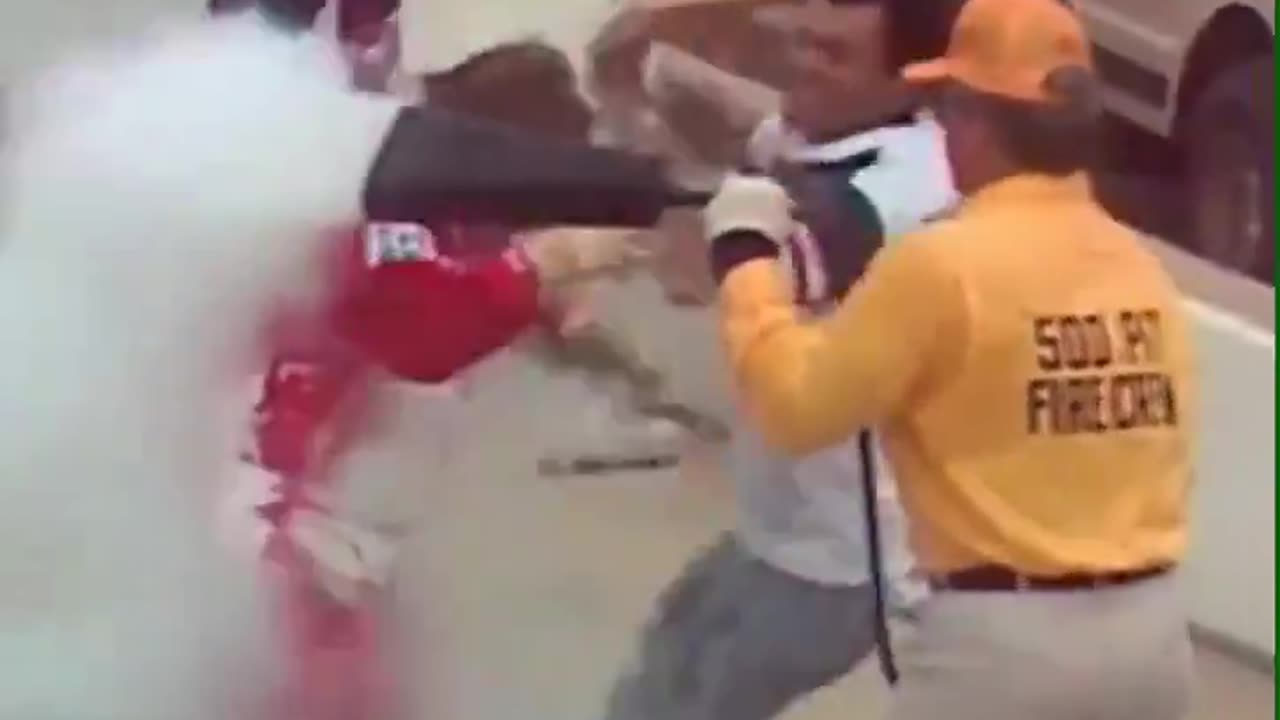
Invisible methanol fire at the 1981 Indianapolis 500
Invisible methanol fire at the 1981 Indianapolis 500
Methanol, also known as wood alcohol or methyl alcohol, is a colorless liquid with a faintly sweet alcohol odor. The chemical is fully soluble in water, and is readily biodegradable in both water and soil. Vapors of methanol are slightly heavier than air, and may travel some distance to a source of ignition and flash back. Accumulations of vapors in confined spaces may explode if ignited, and containers filled with methanol may rupture violently if exposed to fire or excessive heat for a prolonged duration. Direct exposure to methanol should be avoided as methanol can be harmful if swallowed, absorbed through the skin, or inhaled. Ingestion of as little as one to four ounces can cause irreversible injury to the nervous system, blindness or death. When properly contained and handled, methanol can be a safe and effective product for a wide range of applications.
FIRE SAFETY
The U.S. Department of Transportation regulates
methanol as a Class 3 Flammable Liquid, with a subsidiary
risk as a Class 6.1 Toxic Material. Solutions of methanol
containing up to 74% water are classified as flammable.
Compared with gasoline, methanol spills are harder to
ignite, burn at a slower rate, and with less heat intensity.
Methanol vapors must be four times more concentrated
in air than gasoline vapor for ignition to occur. Each
year, about 16,000 Americans are exposed to post-crash
fires in cars and other light-duty vehicles, resulting in hundreds of fatalities. According to the U.S. Environmental Protection Agency a switch to methanol fuel would reduce the number of automotive fuel related fires by 90% compared with gasoline, saving hundreds of lives each year.
Methanol flames are almost invisible in bright sunlight conditions, but they may be detected by the heat generated or the burning of other materials. Large amounts of water will remove heat and can be effective in diluting methanol to the point where most fires can be readily extinguished. To prevent fires keep open flames, sparks and oxidants away from methanol. For over three decades, methanol has been the fuel of choice for Indianapolis-type racecars in part because of its superior fire safety characteristics.
The Indianapolis 500, formally known as the Indianapolis 500-Mile Race, and commonly called the Indy 500, is an annual automobile race held at Indianapolis Motor Speedway (IMS) in Speedway, Indiana, United States, an enclave suburb of Indianapolis. The event is traditionally held over Memorial Day weekend, usually the last weekend of May. It is contested as part of the IndyCar Series, the top level of American open-wheel car racing, a formula colloquially known as "Indy car racing". The track itself is nicknamed the "Brickyard", as the racing surface was paved in brick in the fall of 1909. One yard of brick remains exposed at the start/finish line. The event, billed as The Greatest Spectacle in Racing,[3] is considered part of the Triple Crown of Motorsport along with the 24 Hours of Le Mans and the Monaco Grand Prix, with which it typically shares a date.
-
 LIVE
LIVE
StoneMountain64
4 hours agoBattlefield's Easter Egg Phantom Project is STILL ALIVE
143 watching -
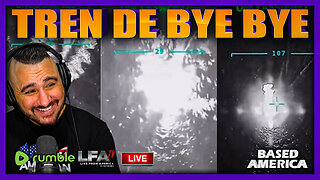 LIVE
LIVE
LFA TV
10 hours agoLFA TV ALL DAY STREAM - WEDNESDAY 9/3/25
1,458 watching -
 LIVE
LIVE
freecastle
7 hours agoTAKE UP YOUR CROSS- Love...Light...TRUTH!
187 watching -
 1:50:29
1:50:29
The Quartering
4 hours agoEpstein Victims To NAME People, Mutiny Over RFK Jr, Trump Turns On Warp Speed?
130K43 -
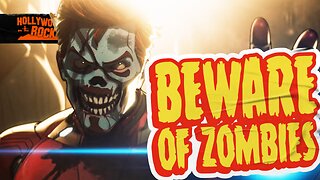 1:33:30
1:33:30
Film Threat
21 hours agoMARVEL ZOMBIES! PLUS DEXTER RESURRECTION | Hollywood on the Rocks
12.7K -
 1:06:51
1:06:51
Jeff Ahern
3 hours ago $0.78 earnedNever Woke Wednesday with Jeff Ahern
19K -
 13:43
13:43
The Kevin Trudeau Show Limitless
7 hours agoClassified File 3 | Kevin Trudeau EXPOSES Secret Society Brainwave Training
37.1K6 -
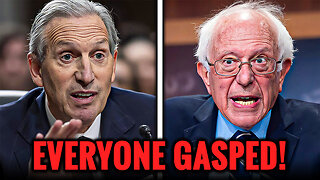 10:04
10:04
Freedom Frontline
4 hours agoBernie Sanders EXPLODES After Starbucks CEO FIRES BACK With Truth
9.81K8 -
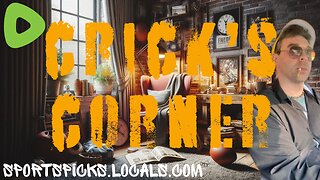 1:07:51
1:07:51
SportsPicks
5 hours agoCrick's Corner: Episode 75
12.3K -
 1:06:30
1:06:30
LindellTV
3 hours agoMIKE LINDELL LIVE AT THE WHITE HOUSE
21.8K